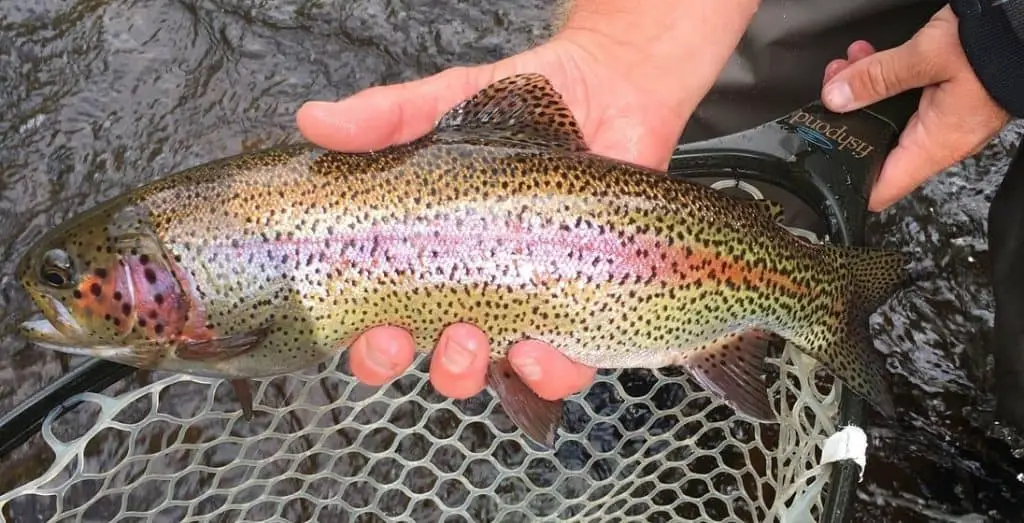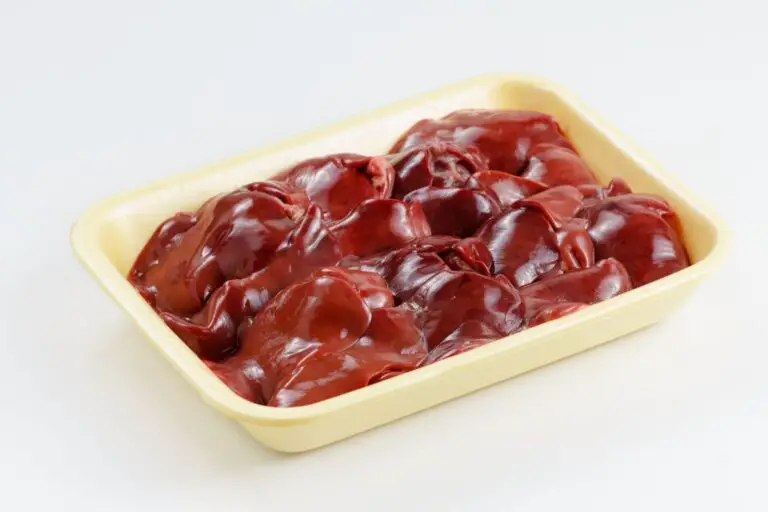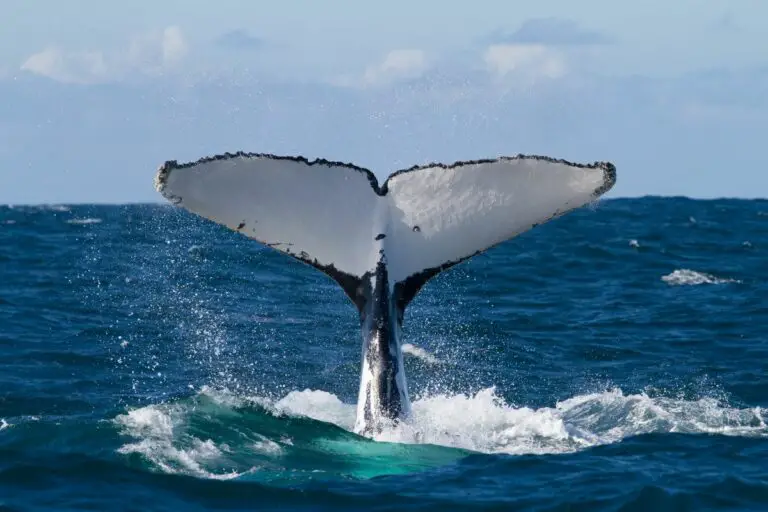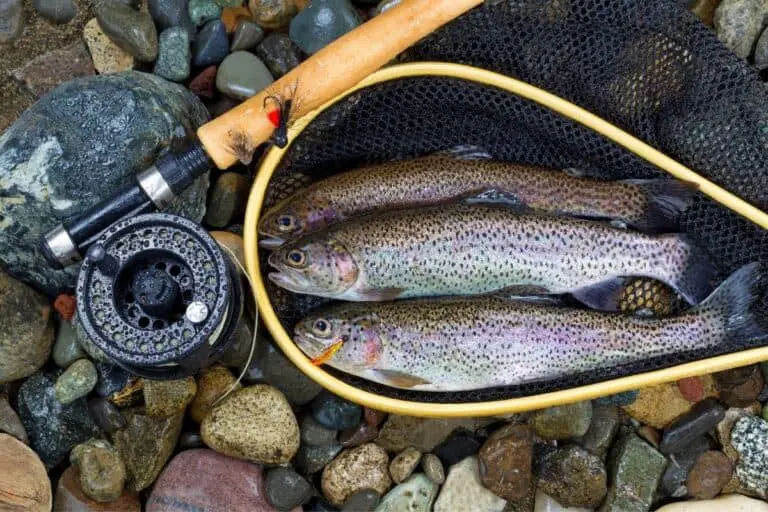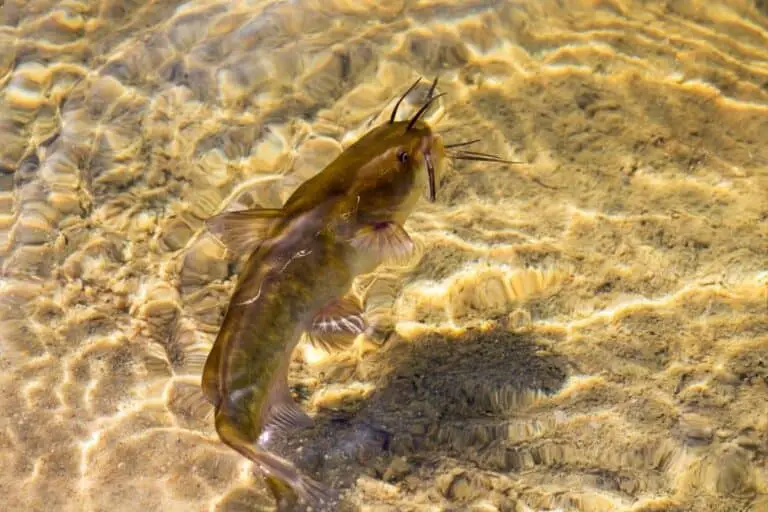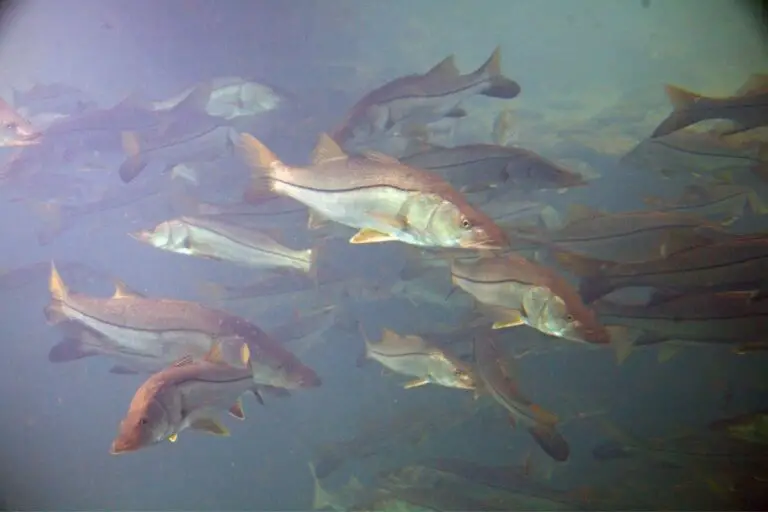Trout Fishing 101: Top Tips For Catching Trout
If you like chilling near flowing rivers, it won’t hurt if you practiced some trout fishing to clear your mind. If you are reading this right now, you have probably considered fishing, otherwise, why would you google “trout fishing?”
You also probably know what a trout is, and you need to know sneaky tricks to catch that healthy fish. Well, you have come to the right article. Let’s delve into it.
Table of Contents
1. Spot the Trout
Trouts are primarily freshwater fish that live in lakes, rivers, and ponds. But, they don’t wait around for you to come and capture them. They hide in secret spots that aren’t much of a secret.
Spot One: Riffles
You need to track the foam in the riffles because this means that the fish are at shallow distances. Riffles are famous for fast currents. These currents break when they meet any rocks.
Now that’s your hotspot, that’s where the fish is hiding. Near the rocks, you will notice that the water is a little bit slower than its surroundings, which is a significant guarantee that a trout is hiding behind that rock.
Spot Two: Run
Runs are slightly deeper than riffles. You will find less foam in these areas because of deeper lengths. The current is slower, which makes it easier to spot trouts.
Along with the runs, you may find branches with small distances between them. That makes a great hiding spot for trouts because predators can’t get into these narrow spaces, and the branches are abundant with grasshoppers and flies.
Spot Three: Pools
The deepest of them all. You can rarely find foam in that area. The water flows smoothly, and it may be interrupted at rocks, and that’s where your fish is hiding at deeper lengths.
All pools lead to a riffle, and that connection is a treasure of nutrients. If you can locate that connection spot, you are one good fisher.
2. Entice the Trout
Trouts aren’t predators. They usually feed on grasshoppers, bugs, and smaller fish. You have too many options to consider when choosing your bait or lure. That changes according to the weather, surroundings, and the size of the targeted trout.
The only constant thing about your choice of lure is that it has to be realistic to the extent that a human being can’t spot the difference from a distance.
Trouts are weak, but they possess a sharp visual and olfactory senses. You can trick them into a low-quality bait.
Choice One: Live Bait
Why would you turn to artificial options when you can use natural ones?
There are a lot of techniques that will make your live bait highly useful. One of which is the chumming technique.
As we mentioned earlier, trouts are strong smellers. So, you start by throwing an unhooked bait into the water to capture their attention and gather them around the bait. Once they fall for the trick, it’s your turn to cast your rod.
Anglers like to use eggs as bait for trouts, especially salmon eggs. You put 10 to 15 eggs in a sac and hook it. You cast your rod, but as slow as you can to avoid making any disturbance under the water. Trouts know that eggs exist in a calm atmosphere, so if you throw them vigorously, they would know that something is wrong.
Choice Two: Artificial Lure
Trouts like attractive natural colors like silver and gold. If you are using an artificial lure, you have to put these colors on your shopping list.
Trouts can notice the difference if you used lure that was different from the nutrients they are used to in a particular area. You must check the small fish swimming around in that location and choose tricks that are identical to it.
For every trout species, different lures should be used. Spinners come in handy when you are rainbow trout fishing. Trout magnets are cute colorful lures used for both brown and rainbow trout fishing.
3. Capture the Trout
When trout fishing, go for the smallest suitable hook. The size of the hook changes according to two core points. The first one is the bait you plan to use, and the second one is the fish you want.
You can use single, double, and treble hooks, but these hooks cause some damage to a trout’s mouth.
If you employ power baits, eggs, or worms, then single size 12 hooks will help seal the deal.
On the other hand, if you follow a catch and release technique, you need barbless hooks
4. Cast the Rod
You will need to decide the best material for you when trout fishing. Anglers prefer sensitive light rods to help them have superior control over the rod. Graphite rods will make this manageable. They are famous for their lightness, but also known for their high prices.
The Rod’s Action:
Choosing the action of the fishing rod is quite a battle. If you are using heavy lures, then an extra-fast action rod will suit you best.
If you are using lightweight baits, pick a slow-action rod.
The Rod’s Length:
You should go for a 6 to 8 feet long rod. If you are boat fishing, go short.
But if you are shore fishing, you will need a long rod to catch the sneaky trouts behind significant obstacles.
5. Spin Fish or Fly Fish
Spin fishing is common between beginners because of its simple technique. That doesn’t mean that you can’t go fly fishing; however, you will need much practice and utterly different gear.
If you are fly fishing, buy a 9-feet long graphite rod and some flies as a start. As time passes, you will develop more skills.
Final Thoughts
Trout fishing is boring. You won’t be fighting any fish. You wait till it catches on. But, you can’t deny the great pleasure that you will have in your heart when you catch your first ever trout. It will give you a great feeling of accomplishment.
There are two types of anglers, which are the releasers and the eaters. Which one are you?

